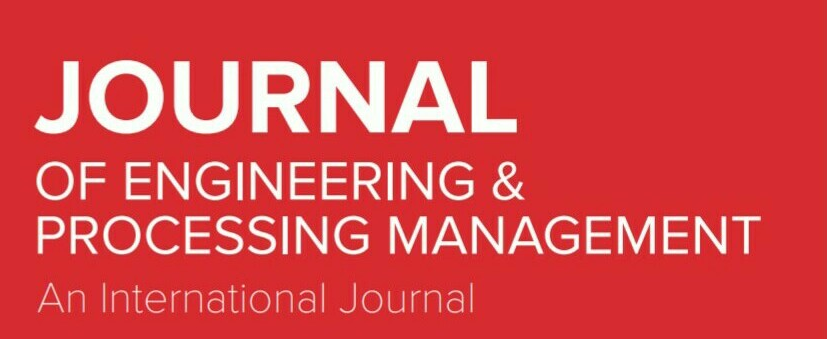BIOSORPTION OF METHYLENE BLUE BY WASTE APRICOT SHELLS FROM FOOD INDUSTRY
DOI:
https://doi.org/10.7251/JEPMEN1507107SAbstract
In this paper, the removal of methylene blue (MB) from aqueous solution by biosorption onto
apricot shellshas been investigated through batch experiments. Apricot shells were chosen as a
locally available and abundant waste from fruit juice industry. Methylene blue is common pollutant
of waste waters from textile industry.
The influence of initial MB concentration on biosorption process has been studied. The
experimental data have been analysed using Langmuir and Freundlichisotherm models. The
Langmuir model better fits to experimental data, which explain monolayer adsorption. Maximum
biosorption capacity is 24,31 mg/g. A comparison of the biosorption capacity of waste apricot shells
with biosorption capacities of similar adsorbents previously investigated indicates that apricot
shells could be a promising biosorbent for removal of MB from aqueous solution.

